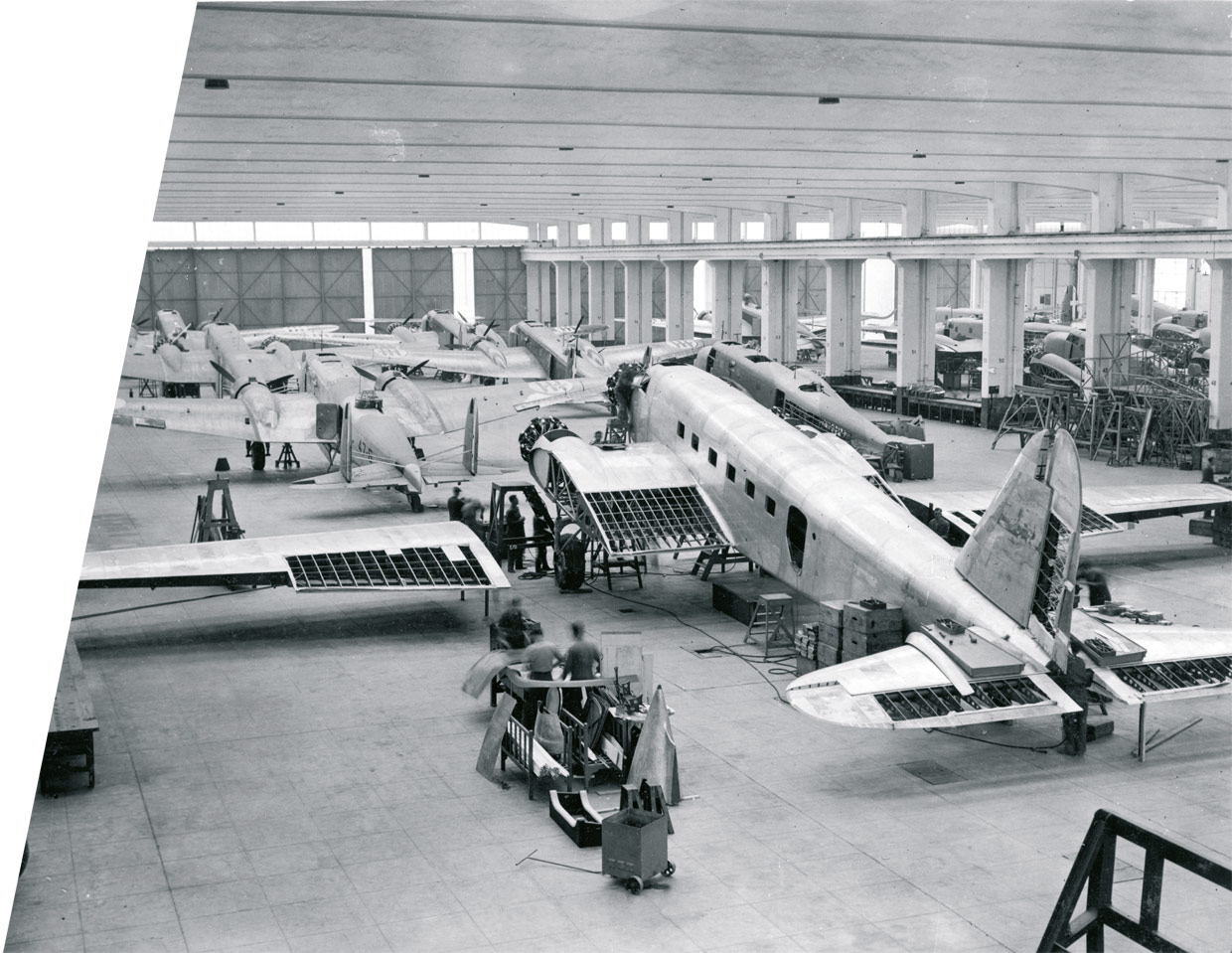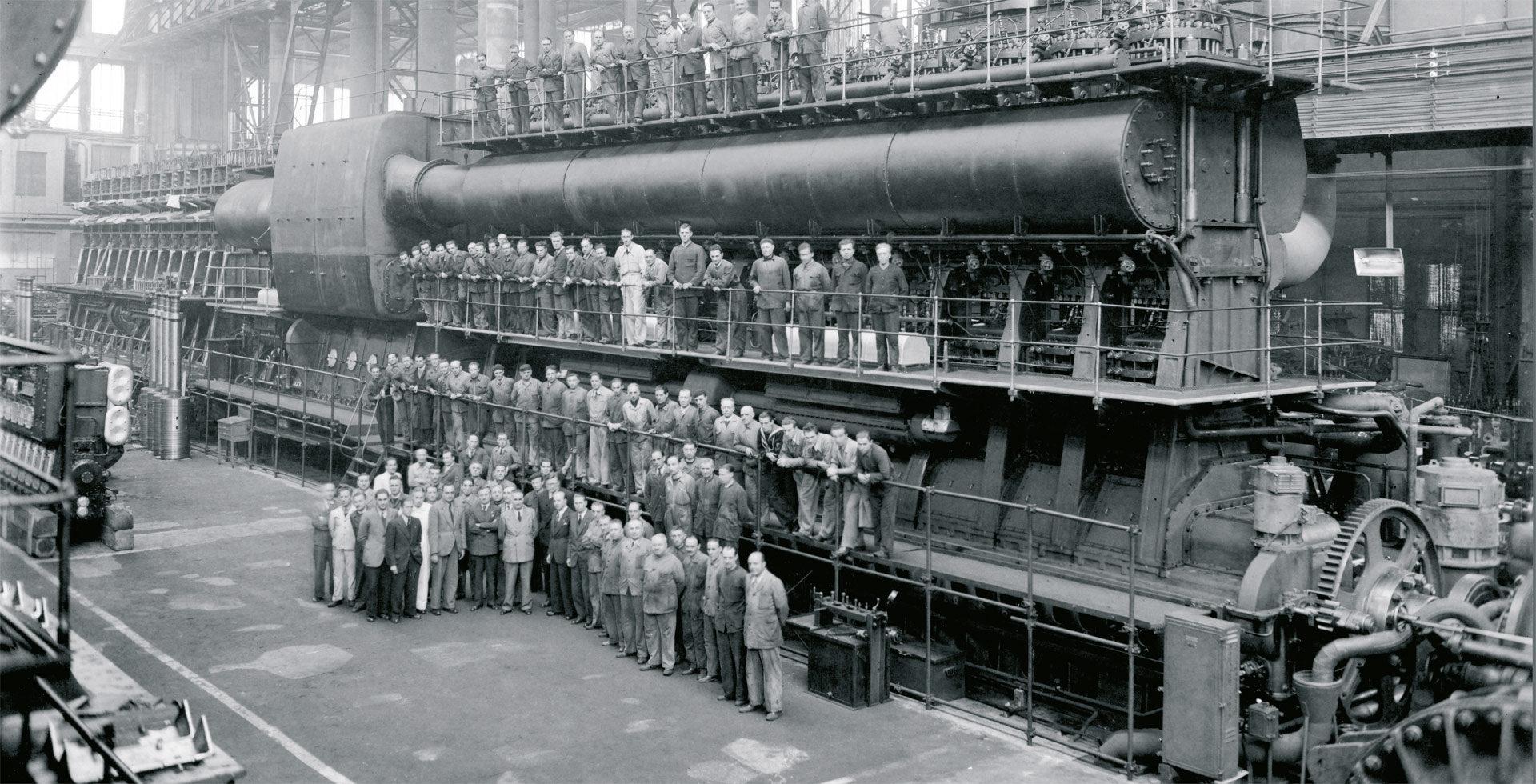The advertising line “Terra mare cielo” was drafted by the mid thirties – and used as “Cielo terra mare” “Cielo mare terra”, with or without commas – stands for a diversified industrial production covering all the fields of transportation: roads, rail, from large marine motors to civil and military aviation.
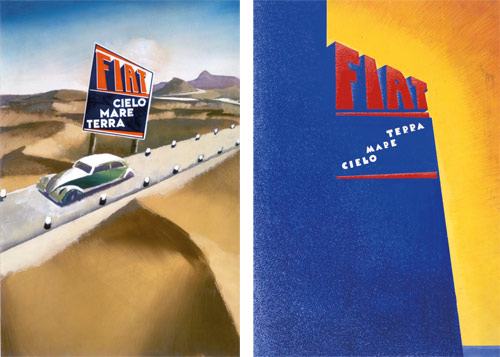
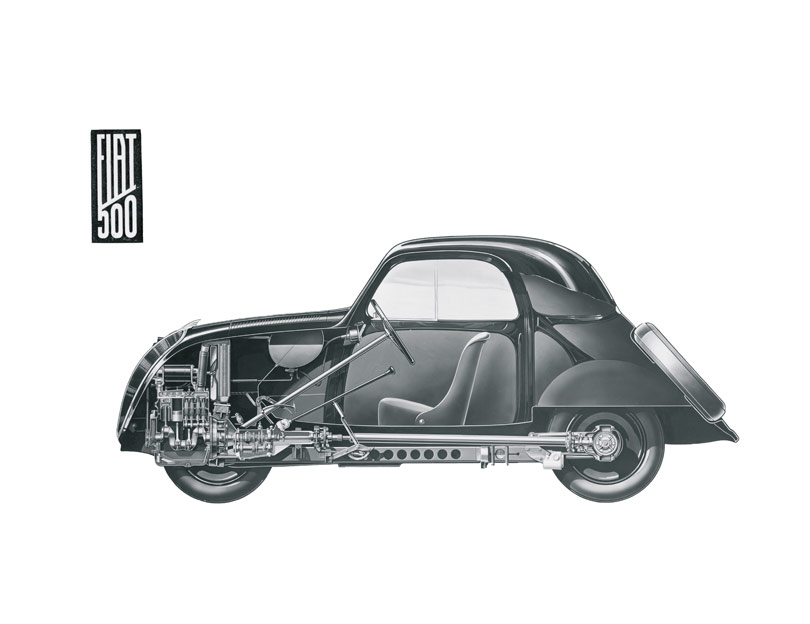
12 October 1934
– Delivered to Cavalier Prever in the presence of Senator Agnelli: hardness-3 rubber supports for the engine and the gearbox.
– Engineer Zerbi proposed Allison bearings in place of ball bearings and roller bearings, and said that it would take the same length to make them fit. He advised doing a calculation.
– The Cavalier Prever proposed replacing the existing bearings with bronze bearings.
– The Senator, cutting the discussion short, said that if the new rubber supports and the special bearings improve the noise level enough to make it acceptable, everything should be left as it is.
– The circuit around Avigliana was accomplished at an average of 63 km an hour.
– The hardness-3 rubber supports were installed by 2:30 p.m. and the car was tested by Prever and Genero. The hardness-3 rubber supports had no effect on the noise level.
– Summoned by the Senator, I was asked to give my opinion in the discussion on the stability of the 1500 model for which the Senator wants to try the suspension used in the Zero A; I must therefore give Engineer Zerbi the specs for the suspension.
– Comparing the 1500 and the Zero A, the ratio between the wheelbase and the tread was discussed: the ratio for the Zero A is 1.8; for the 1500 it’s 2.2.
– When the car was raised, it was discovered that the rear shock absorber arms touch the chassis.
[…]
Later Senator Agnelli called me in and it was decided (because the shaft is under more stress than the Balilla’s) to reinforce the shaft as much as possible. A design was immediately drawn up for a shaft with perforated collars and one with larger crank arms (Audisio was informed in case of difficulty assembling the pistons).
Dante Giacosa, I miei 40 anni di progettazione alla Fiat
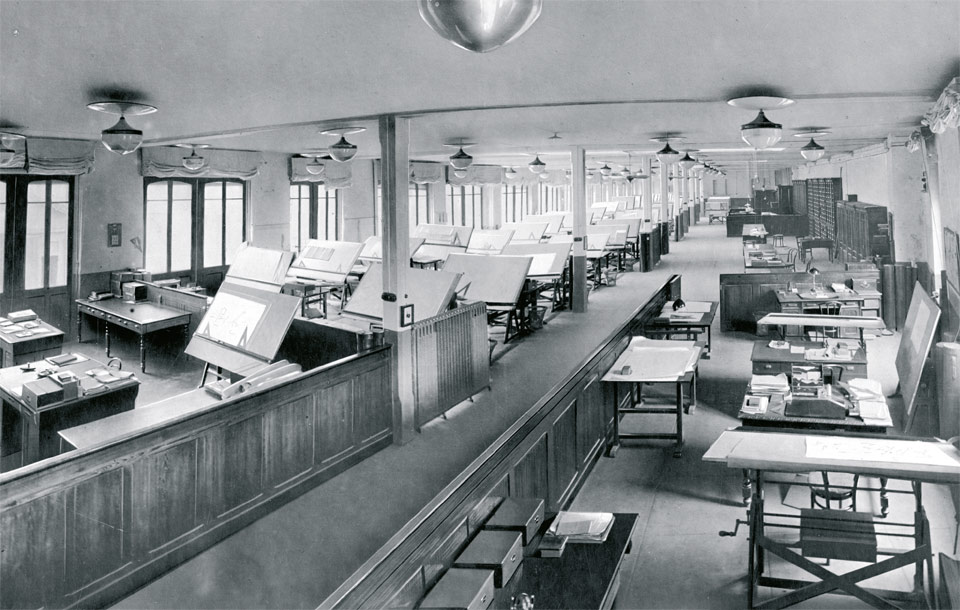
Senator Agnelli, along with Valletta, Savoia and other executives, wanted to see the first flight of the G.2. When the plane touched down Agnelli said: “Well! This airplane has flown; when can I fly it?” With all the enthusiasm of my 29 years, I answered without batting an eye: “Whenever you like, Senator!” There was a moment of awkward silence, they all looked at me reproachfully, and someone whispered in my ear: “When you talk to the Senator, you must be more cautious.”
[…] But Senator Agnelli was not a man to say things twice, and so we had to fix the date for his flight with the G.2 […]. The atmosphere was slightly tense when the plane took off and we circled briefly over Collegno. Then the pilot, who had received a lot of advice before takeoff, turned toward us as if to say: “Shall I land?”
But the Senator said in Piedmontese dialect: “Do something,” and so we stayed in the air for an hour.
Giuseppe Gabrielli, Una vita per l’aviazione
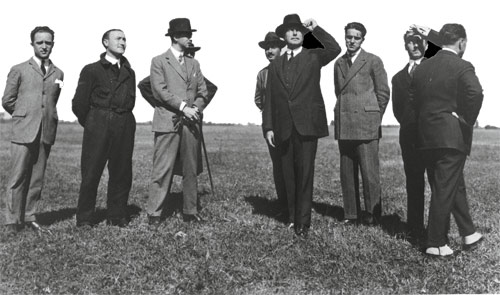
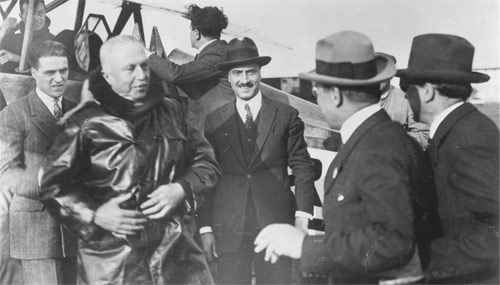
Often, in the late afternoon, the Senator would call me into his office to talk about aviation. I was worried about wasting his valuable time and one day I asked him: “Senatore, with all the work you have to do, how do you find time for these conversations?” He replied: “Work? I don’t work, I only concern myself with what the others have to do.”
Giuseppe Gabrielli, Una vita per l’aviazione
